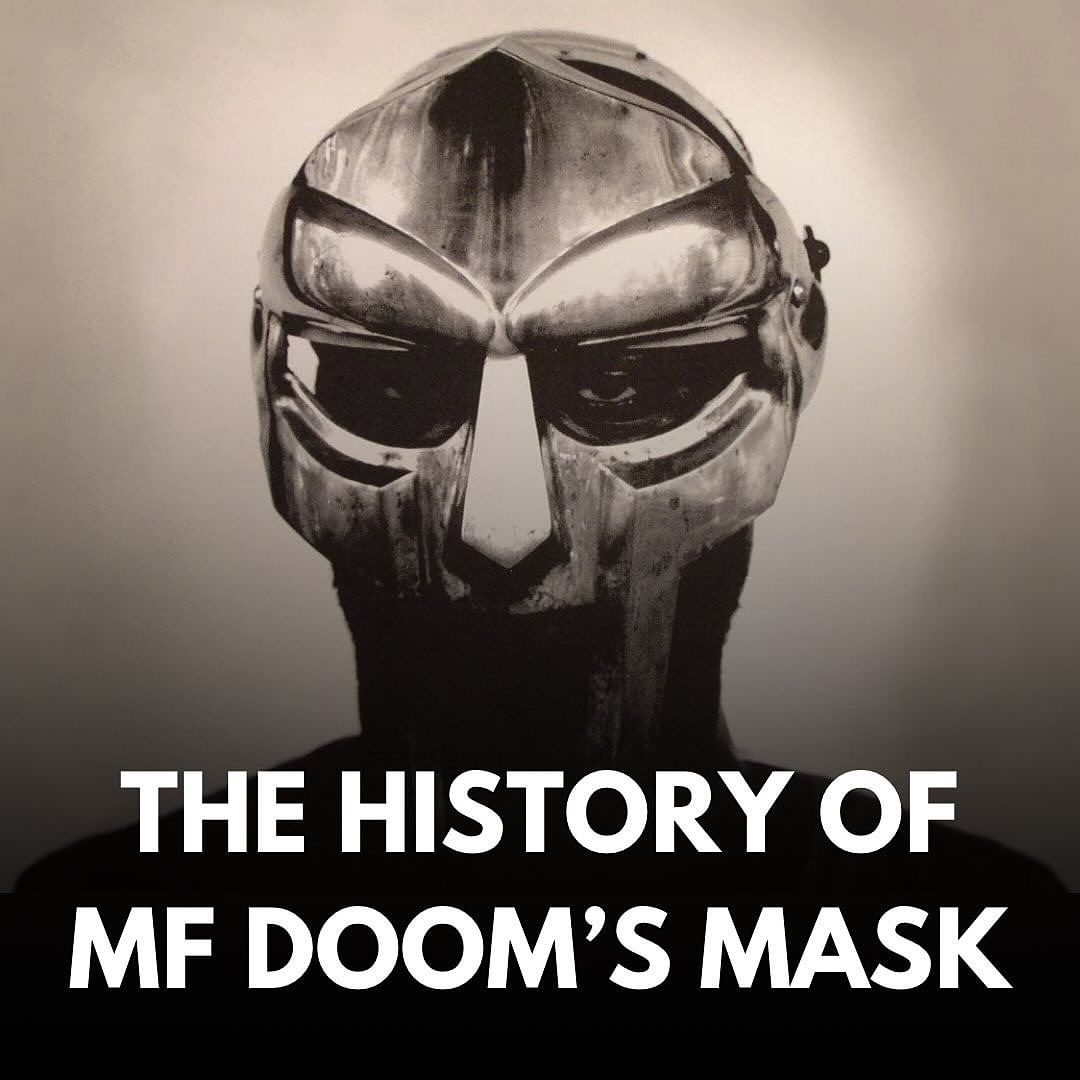
In the pantheon of hip hop, few figures are as enigmatic and influential as MF DOOM. Born Daniel Dumile, the man behind the mask has left an indelible mark on the genre, not just through his intricate wordplay and production skills, but also through his iconic mask. The evolution of MF DOOM’s mask is a fascinating journey that mirrors his transformation as an artist.
The Beginnings: KMD and Tragedy
Before he was MF DOOM, Daniel Dumile was known as Zev Love X, a member of the group KMD. KMD’s early days were promising, with their debut album, Mr. Hood (1991), receiving critical acclaim. However, tragedy struck when Dumile’s brother and KMD member, DJ Subroc, was killed in a car accident in 1993. This, coupled with Elektra Records shelving their second album, Black Bastards, sent Dumile into a tailspin. He disappeared from the public eye, reemerging in the late ’90s with a new persona.
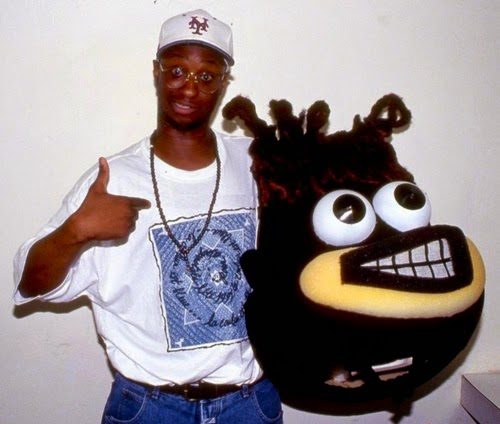
The Birth of MF DOOM
Dumile’s return to the music scene saw him donning a mask, initially a simple stocking that obscured his face. This marked the birth of MF DOOM, a character inspired by Marvel Comics’ Doctor Doom. The mask served both as a shield and a statement, allowing Dumile to perform anonymously and critique the industry that had wronged him. His debut album as MF DOOM, Operation: Doomsday (1999), introduced the world to his complex rhymes and dark humor, all delivered from behind his rudimentary mask.
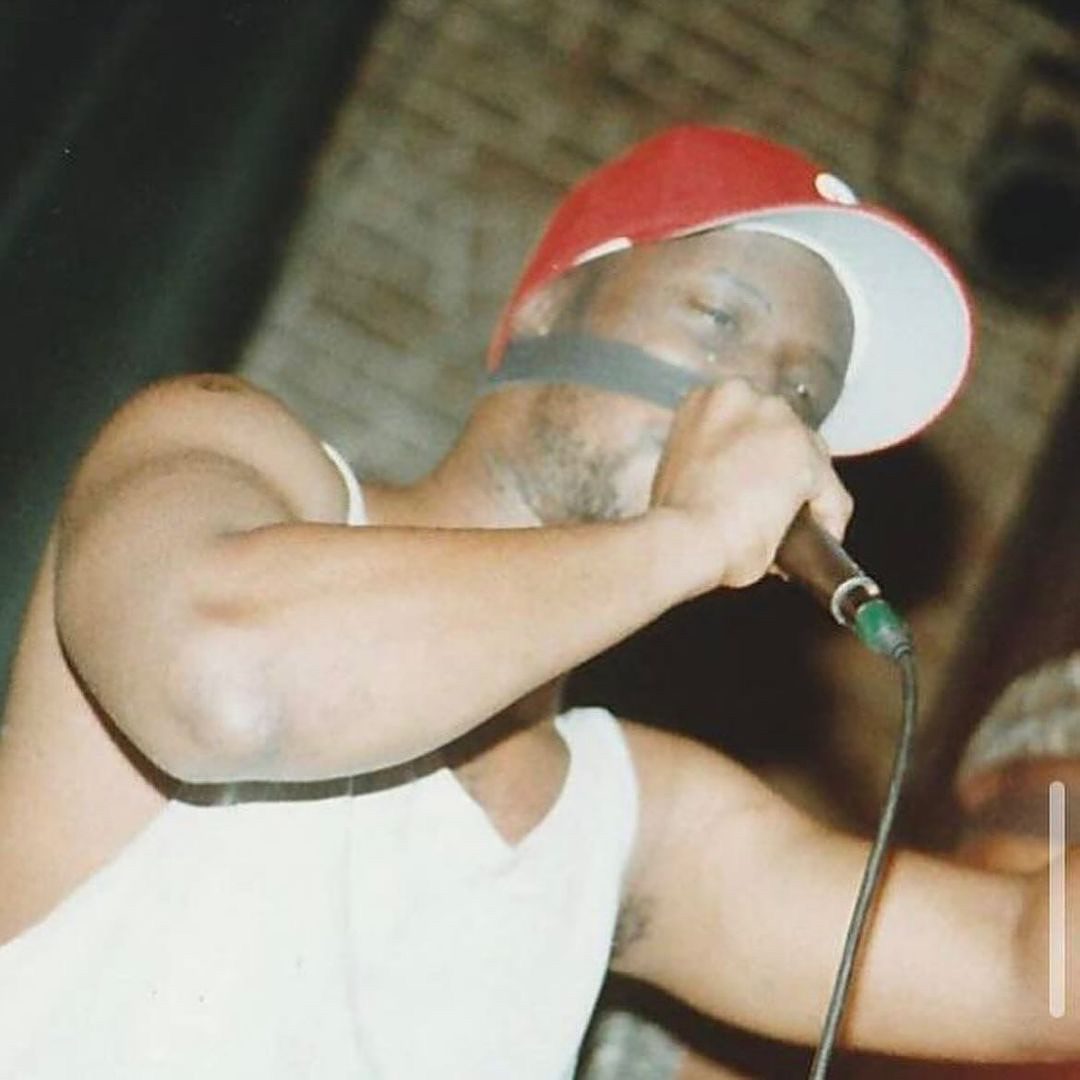
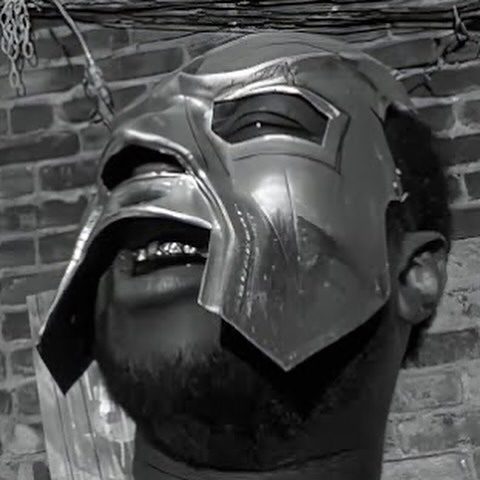
The Evolution of the Mask
The stocking mask soon evolved into something more permanent and iconic. Dumile began wearing a metallic mask, closely resembling the visage of Doctor Doom. This mask became a symbol of his artistic rebirth and his disdain for the superficiality of mainstream rap. Unlike other rappers who flaunted their wealth and looks, DOOM’s mask directed all attention to his music and lyrical prowess.
The mask’s design changed slightly over the years, but its essence remained the same. It was rugged, industrial, and unapologetically unique. This evolution was not just a visual one but also reflected in DOOM’s music, which grew more sophisticated and layered. Albums like MM..FOOD (2004) and Madvillainy (2004), a collaboration with producer Madlib, solidified his status as a rap legend.
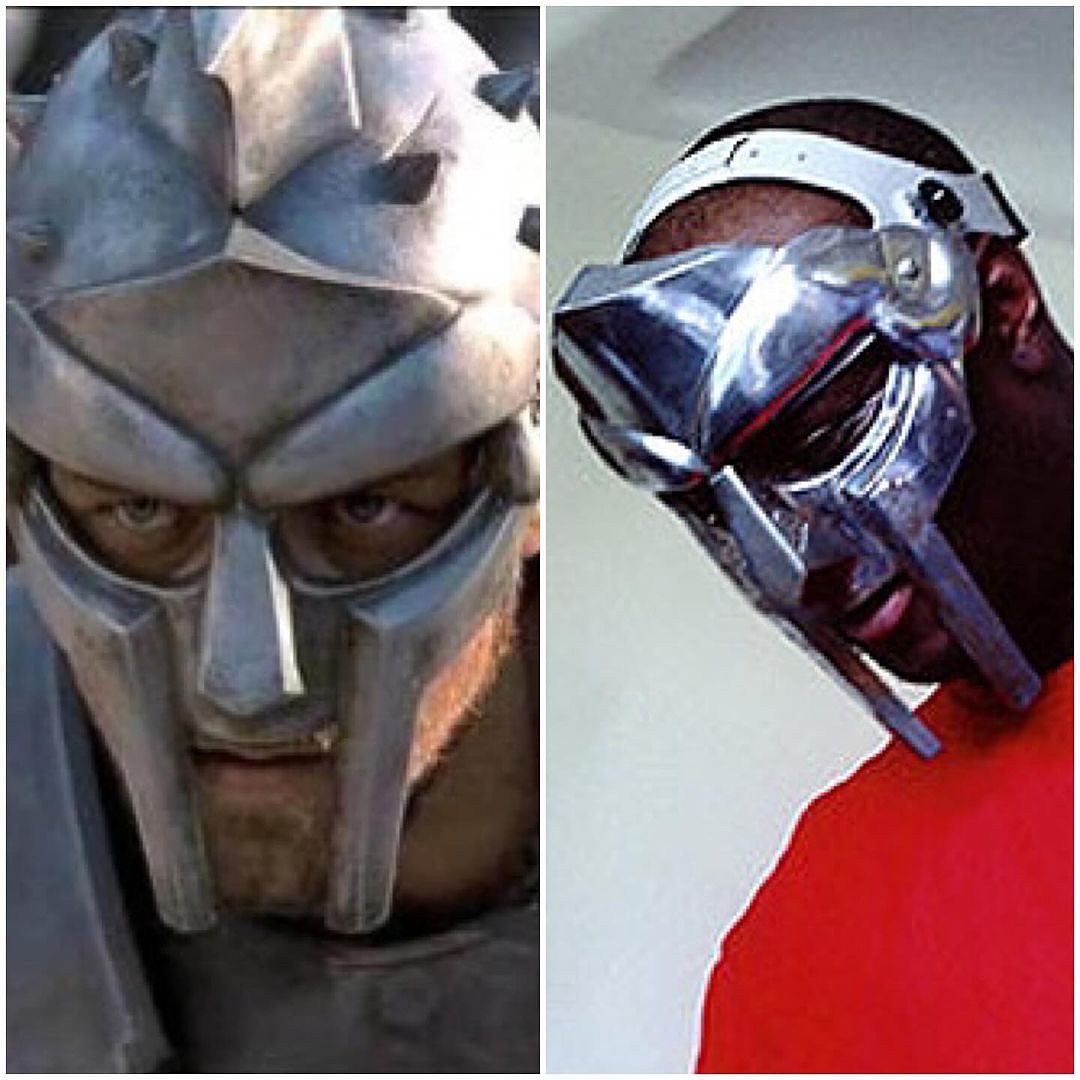
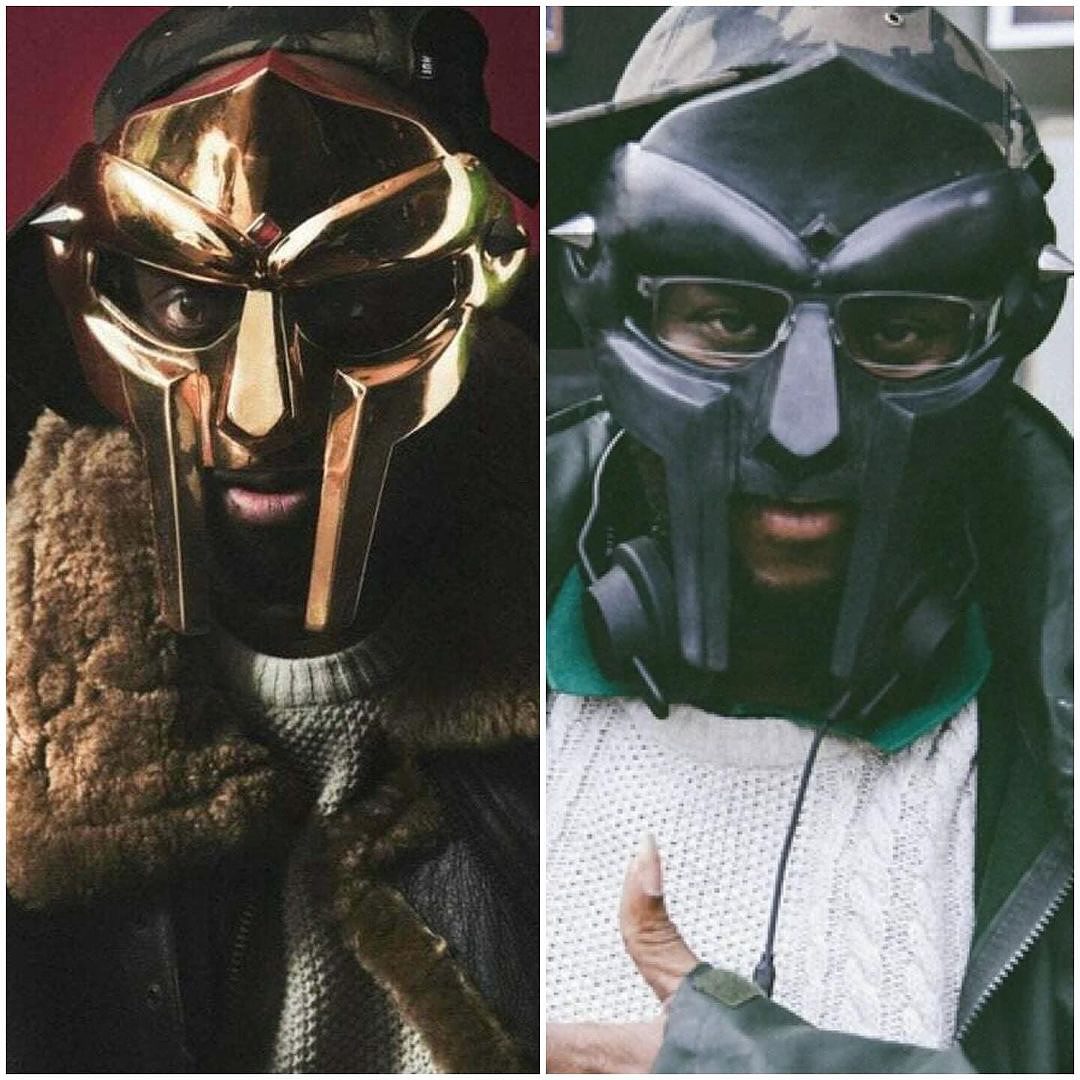
The Legacy of the Mask
MF DOOM’s mask became more than just a gimmick; it was a powerful emblem of his identity and philosophy. It represented resilience, creativity, and the idea that true artistry lies beneath the surface. His refusal to conform to industry standards and his dedication to his craft inspired countless artists across genres.
Even after his untimely death in 2020, the mask remains a potent symbol of his legacy. Fans continue to don replicas of the mask at concerts and festivals, keeping his spirit alive. The mask, much like DOOM’s music, transcends time, continuing to influence new generations of artists and fans.
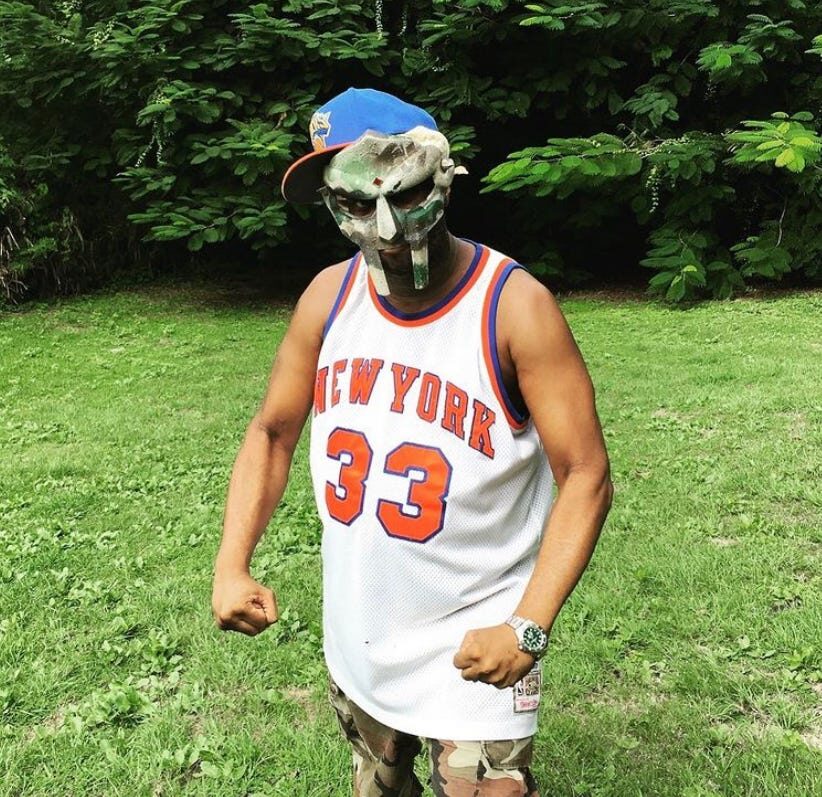

Comments
Post a Comment